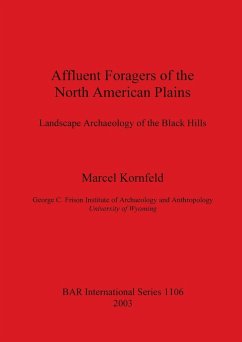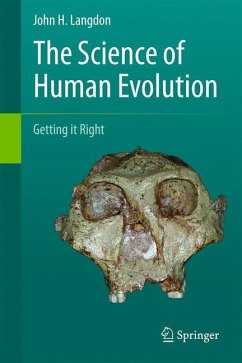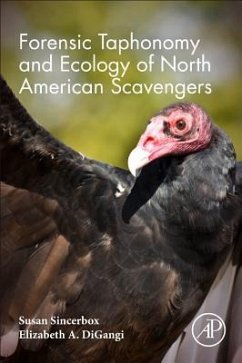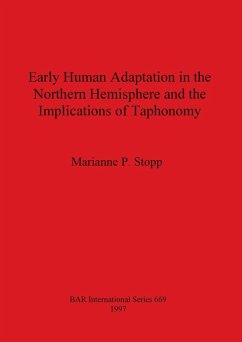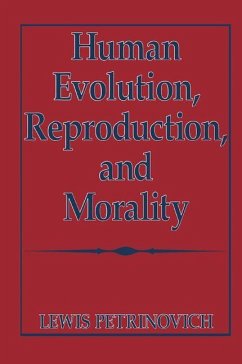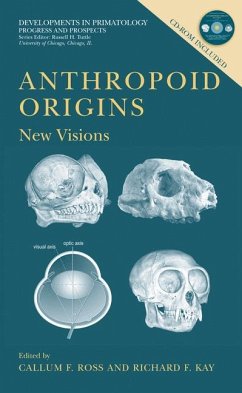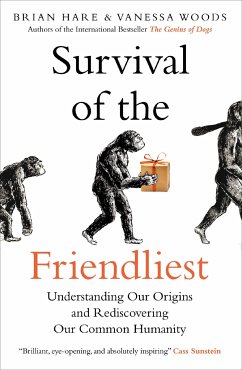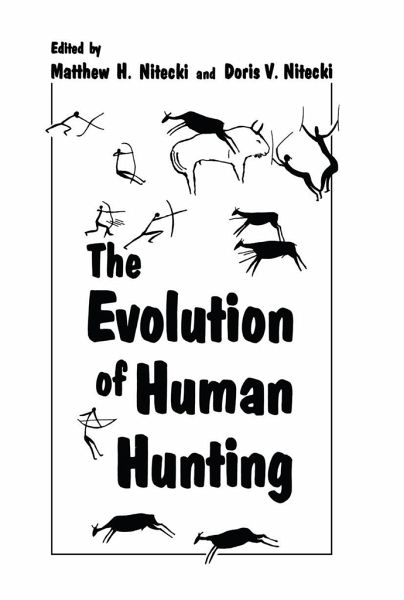
The Evolution of Human Hunting
Versandkostenfrei!
Versandfertig in über 4 Wochen
92,99 €
inkl. MwSt.
Weitere Ausgaben:

PAYBACK Punkte
46 °P sammeln!
The successful early adaptations of man involve a complex interplay of biological and cultural factors. There is a rapidly growing number of paleontologists and paleoanthropologists who are concerned with hominid foraging and the evolution of hunting. New techniques of paleoanthropology and taphonomy, and new information on human remains are added to the traditional approaches to the study of past human hunting and other foraging behavior. There is also a resurgence of interest in the early peopling of the New World. The present book is the result of the Ninth Annual Spring Systematics 10, 198...
The successful early adaptations of man involve a complex interplay of biological and cultural factors. There is a rapidly growing number of paleontologists and paleoanthropologists who are concerned with hominid foraging and the evolution of hunting. New techniques of paleoanthropology and taphonomy, and new information on human remains are added to the traditional approaches to the study of past human hunting and other foraging behavior. There is also a resurgence of interest in the early peopling of the New World. The present book is the result of the Ninth Annual Spring Systematics 10, 1986, in the Symposium, on the Evolution of Human Hunting, held on May Field Museum of Natural History in Chicago. We are grateful to the NSF (grant no. BNS 8519960) for partial financial support in arranging the symposium. In preparation of this volume we have received assistance from many people, particularly the reviewers of individual chapters; it is impossible to name them all. We must however single out Drs. Richard G. Klein and Glen H. Cole for their encouragement at various stages of preparation of the symposium and this volume, and for being a help to the anthropological knowledge. Zbigniew Jastrzebski assisted with the figures and Paul K. Johnson diligently typed the camera-ready copy, and patiently coordinated the endless book-making chores.



